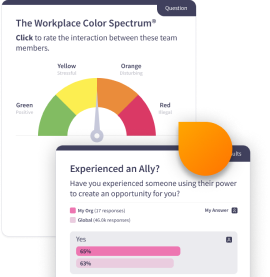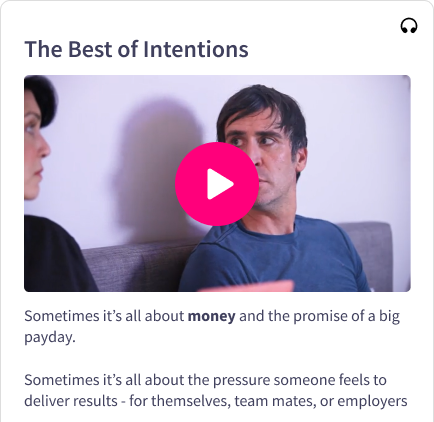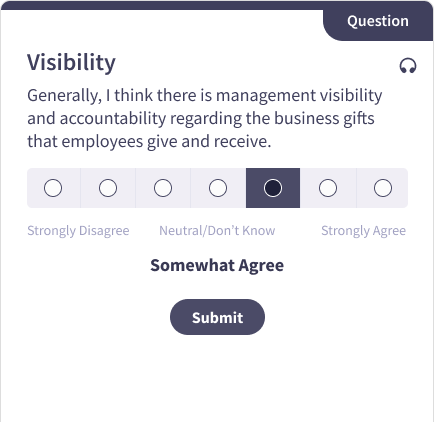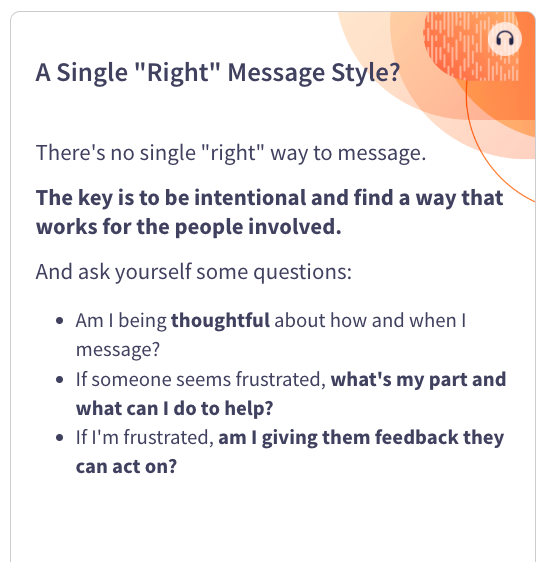
Choosing Thoughtful Action Over Impulse
When faced with stressful situations, our "fight or flight" instinct is triggered and we often react quickly without thinking things through. This can result in us relying on our unconscious biases to inform decisions or make decisions that will cause a situation to escalate. Learn how to slow down and respond to situations rather than reacting.
Microlesson DescriptionThis skill-building microlesson teaches employees and managers to slow down and respond to situations rather than react. Unfortunately, making reactive decisions is a cause of bias-based profiling. The video in this microlesson takes place in a retail setting. In the video, the sales associate is nervous about two potential customers and shows how the manager reacts to the situation.
This microlesson is part of Emtrain’s skill-building microlessons for retail. The microlesson teaches the skill of Deciding Together.
Key Concepts- How unconscious bias can often influence our initial reaction and can escalate a situation.
- Best practices on how to respond rather than react to a situation by slowing down and taking a pause.
- How employees should familiarize themselves with the company workplace policy and safety guidelines.
- Downloadable skill-building activity sheet - Build Team Resilience by Responding Instead of Reacting upon lesson completion
- During onboarding of a new sales associate or new manager
Microlesson Features
- Employee sentiment pulsing questions that provide leaders with insights into their workforce's core cultural competencies
- Emtrain's Expert Answers tool, enabling employeees to submit anonymous questions about sensitive issues.
- Rich, contemporary video scences illustrating key concepts through realistic scenarios
- A data driven, skill-based approach to eLearning that establishes a shared language for employees.

Frequently Asked Questions
Below are answers to common questions that employees and managers have about this topic. These FAQs provide a preview of what you’ll learn in this microlesson and why it matters.



